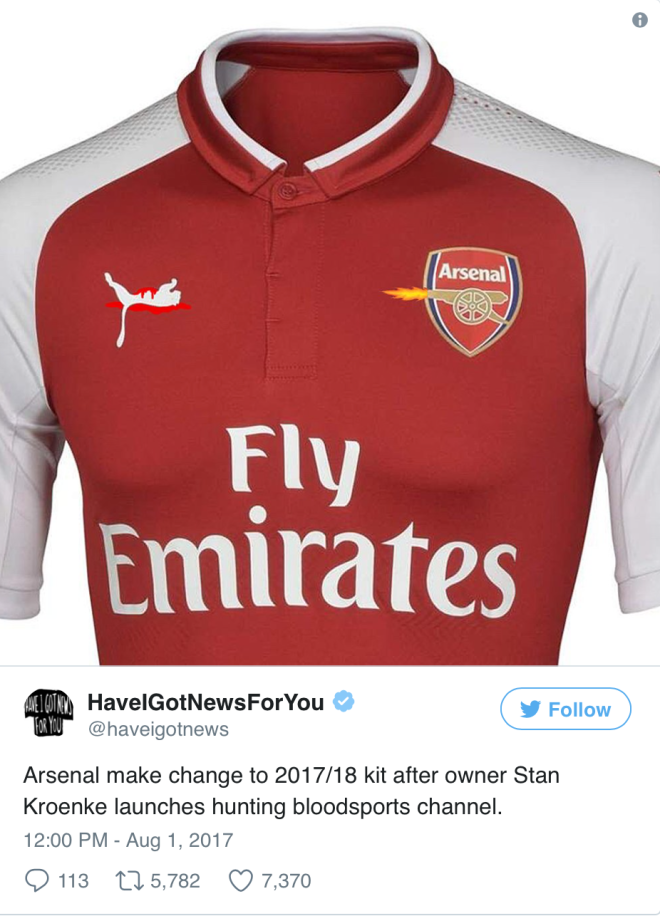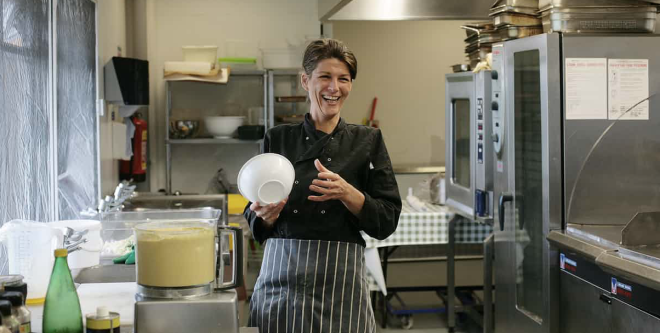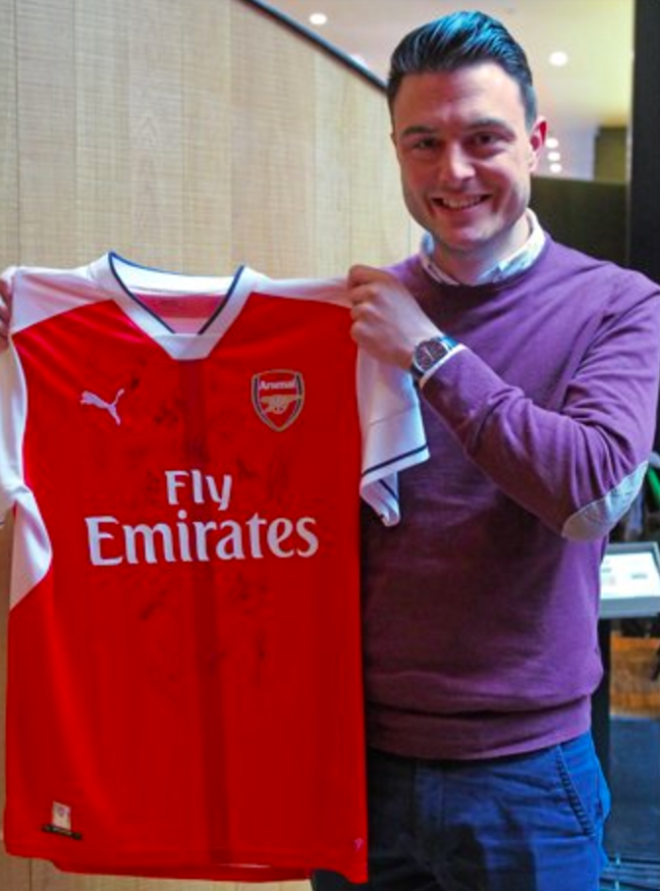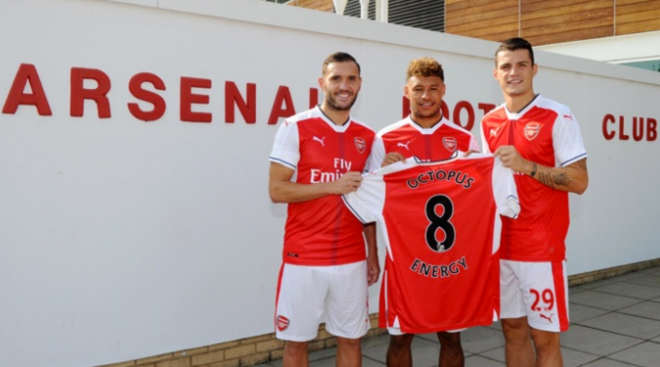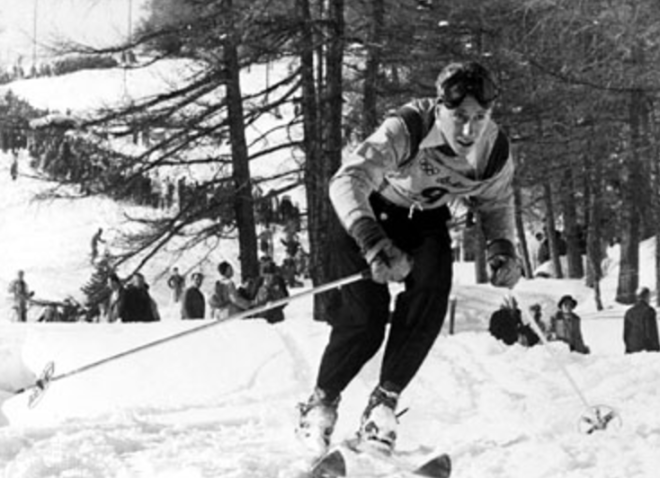GreenSportsBlog spans the globe in today’s News & Notes column. First, we go to Paris to tell the story of how outsider sneaker brand Veja is challenging green giants Adidas and Nike on sustainability. Then we head to North London to check out Arsenal and its newly-deployed, Tesla-made storage battery. And we end up in India where the governing body of international field hockey (FIH) is committing to develop waterless artificial turf fields.
VEJA JOINS ADIDAS AND NIKE IN BATTLE FOR WORLD’S MOST SUSTAINABLE SNEAKER TITLE
Adidas, with its Parley for the Oceans line of athletic footwear (and apparel) made from repurposed and upcycled materials, including plastic ocean waste, is a strong contender for most sustainable sneaker company in the world. Rival Nike would no doubt protest, citing its super-light, super-efficient Flyknit sneaker line which reduces waste by 80 percent, as the reason why they should be the green champ.
But both athletic shoe giants had better watch out for a new entrant into the mix, Paris-based fashion brand Veja.
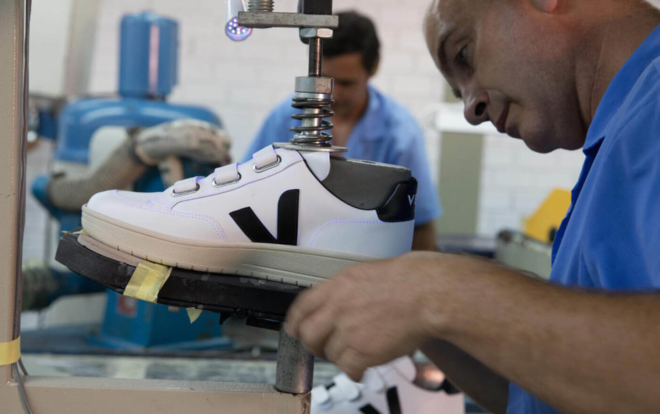
A Veja sneaker being manufactured in Brazil (Photo credit: Veja)
The primary goal of Veja co-founders Sébastien Kopp and François-Ghislain Morillion, is to manufacture sneakers from the most ecological materials and ethical suppliers possible. According to Alyssa Danigelis, writing in the November 12 issue of Environmental Leader, “The company uses raw materials sourced from organic farming and ecological agriculture in Brazil.” The footwear is manufactured there as well.
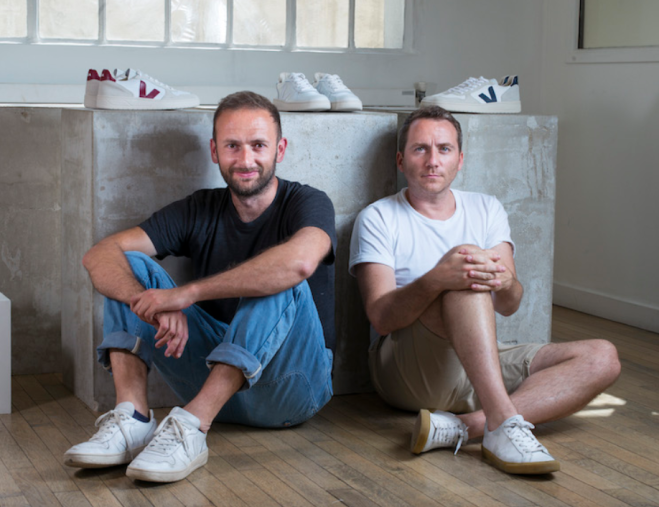
Veja co-founders Sébastien Kopp (l) and François-Ghislain Morillion (Photo credit: Corentin Fohlen, Encore)
Danigelis reports that the duo call Veja “their ‘project,’ with one foot in design and the other in social responsibility.” On the latter, Kopp and Morillion are committed to protecting the Amazon, upcycling materials, and being transparent about chemical testing.
“A lot of our clients are discovering what is behind Veja after they buy one or two pairs,” Kopp told Andrea Lo of CNN Business. “[They] usually come back for more after learning the brand’s story.”
Veja, which means “look!” in Portuguese, and its sneakers are drawing attention from celebrities like Meghan Markle — the Duchess of Sussex — and others, for the right reasons:
- The company purchases organic cotton directly from farmer associations in Brazil and Peru, all while respecting fair trade principles.
- Each sneaker sole is made from 30 – 40% natural rubber. Since 2004, Veja has purchased 130 tons of wild rubber, preserving 120,000 hectares of the Amazon.
- One Veja sneaker SKU is 100 percent vegan…
- …The others that do contain leather only use product that has been certified Gold by the Leather Working Group. And some of it is “fish leather” from tilapia that has been discarded by freshwater fish farms. According to Danigelis, “the skin gets upcycled through a handcrafted process involving vegetable dyeing.”
- Kopp and Morillion are Veja’s sole shareholders because they believe that bringing in outside investors could compromise the company’s integrity.
The founders are transparent about their limitations. Per Danigelis, Veja’s “shoelaces aren’t made from organic cotton and the eyelets…come from metal the company didn’t source themselves.”
Since it costs five to seven times more for Veja to make sneakers than it does Adidas, Nike and the others, the founders decided to stay away from advertising and rely instead on word-of-mouth. This has allowed Kopp and Morillion to stay competitive on retail price, which ranges from $95 to $195.
GSB’s Take: Absent taking a deep dive into sustainability reports from Adidas, Nike and Veja, it is impossible to say which sneaker company is the most sustainable. But with Veja demonstrating a serious, long-standing commitment to using organic and eco-friendly raw materials, it shows it belongs in the conversation. I expect that the green race between the two giants and the hungry outsider will be a virtuous one.
ARSENAL STORAGE BATTERY CAN HOLD ENOUGH ELECTRICITY TO POWER A FULL GAME
When Arsenal hosts English Premier League blood rival Tottenham Hotspur at The Emirates Stadium Sunday at 9:05 AM EST in the latest version of the “North London Derby,” the outcome may be determined by which of the two quality sides has the most energy.
Regardless of the result on the pitch, Arsenal has a decided advantage in energy storage.
The team recently unveiled a Tesla-manufactured battery storage unit at its 60,000-seat Emirates Stadium in north London that can store enough energy to run the stadium for 90 minutes, the length of a match.
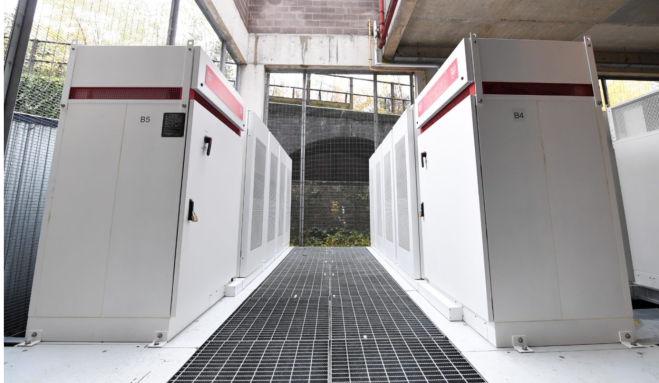
The Tesla storage system at Emirates Stadium in North London, home of Arsenal (Photo credit: David Price/Arsenal Football Club)
Per a November 26 story by Patrick Hodges in Bloomberg, “the two-megawatt lithium-ion battery installed by Pivot Power LLP — which will operate it for 15 years — will allow the soccer club to buy electricity when it’s cheaper and use it at peak times. Arsenal said it plans to add a further one megawatt of storage next summer.”
The battery can also generate income for the club through a deal with utility company National Grid in which the battery can be used to stabilize the grid. Basically, the Arsenal battery can sell electrons to the utility on non-game days when demand is high.
“This is a big step forward for us in being efficient with energy usage, and building on our work in reducing our carbon footprint as an organization,” said Vinai Venkatesham, Arsenal’s managing director, in a statement on http://www.arsenal.com.
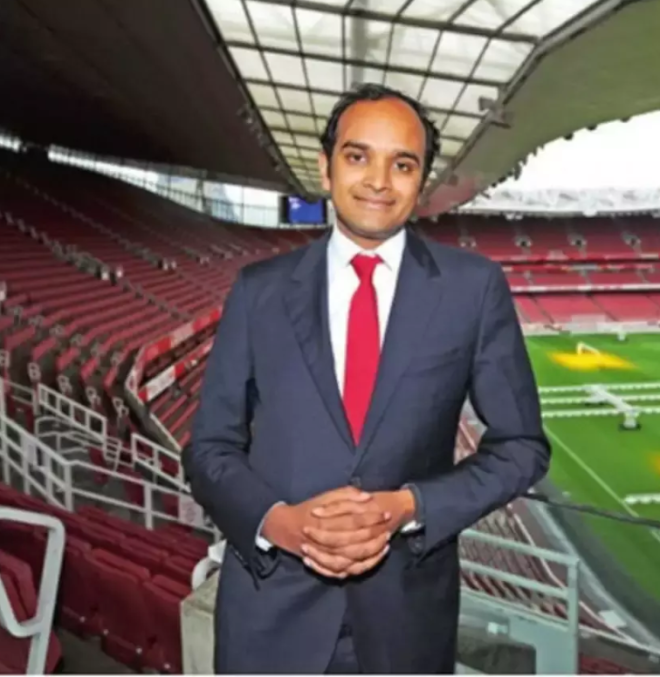
Vinai Venkatesham, Arsenal Football Club managing director (Photo credit: The Economic Times)
Arsenal already was a Premier League green leader. It was the first club to switch to 100 percent green electricity — supplied by Octopus Energy — and the team installed energy efficient LED floodlights.
“Arsenal is showing how football clubs and other big power users can save money and support the U.K.’s climate change and clean air targets,” said Pivot Power’s Chief Executive Officer Matt Allen. “Batteries are central to creating a cost-effective, low-carbon economy.”
GSB’s Take: While the price of energy storage has come down dramatically — and that trend is projected to continue — big increases in the deployment of batteries at stadia and arenas will also depend on future reductions in their size.
FIELD HOCKEY LOOKS FOR MORE WATER-EFFICIENT ARTIFICIAL TURF
International field hockey made a commitment to water efficiency at the recent 46th FIH Congress in New Delhi.
Thierry Weil, the governing body’s CEO, said that while international hockey at the highest level would continue to be played on artificial turf, the federation was in talks with key manufacturers and suppliers to develop a surface that would not consume water. The current surface requires constant watering to allow a smooth game and minimize injuries.
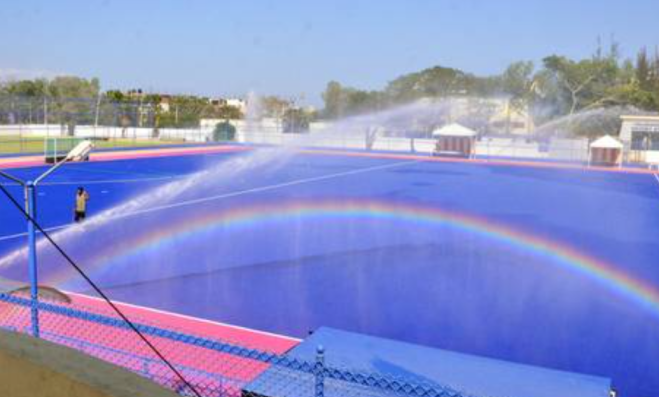
Field hockey at the international level is played on Astro turf, which requires lot of water to make the surface playable (Photo credit: L. Balachandar/SportsStar LIVE)
“We are looking to achieve this by the Paris Olympics in 2024, but try and do it much earlier, develop a surface close to the quality we have right now on turf with water,” Weil told Uthra Ganesan of Sportstar LIVE. “We cannot continue to put all this water on turf when people next door may not have enough to drink.”
GSB’s Take: India and Pakistan, hotbeds of world-class field hockey, are both suffering significant water shortages and those are projected to continue. Thus it makes sense for the FIH to take on the water crisis by working to develop artificial surfaces that don’t use H₂O. I wonder if there will soon be a natural grass surface that uses little to no water. If so, grass would be preferable to a waterless artificial surface because the latter is much hotter.
Please comment below!
Email us: lew@greensportsblog.com
Friend us on Facebook: http://facebook.com/greensportsblog
Tweet us @GreenSportsBlog
#CoverGreenSports
